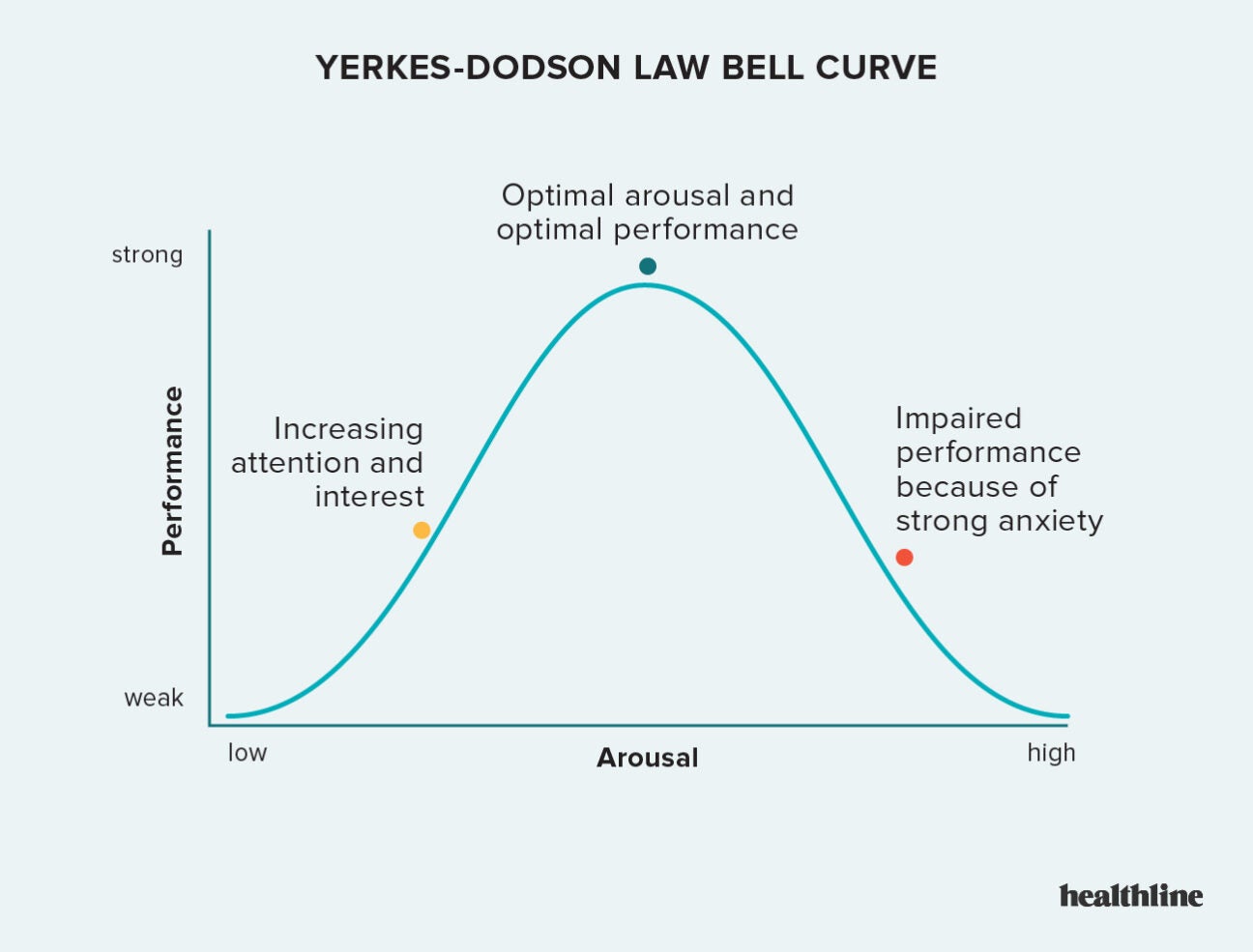In my last post, I discussed the expedition-turned-survival scenario regarding Shackleton and his crew and their voyage to Antarctica. There, I made a note of the human mind's capabilities to create miracles under pressure. However, often too much pressure results in deleterious circumstances. The Yerkes-Dodson Law refers to the relationship between arousal and performance. The bell-curve shown above demonstrates this relationship. With low arousal, one may not perform optimally, however too much arousal may lead to anxiety and therefore a release of cortisol, a stress hormone. The median distribution: not too much arousal, but not too little, leads to optimal results in regards to performance.
With too little arousal, tasks are monotonous, and with little interest in the task, this will obviously lead to poor performance. However, too much arousal can lead to sensory overload and the inability to multitask or memorize various important aspects of the task. With that being said, one should strive to seek a balance of arousal to lead to the best results. In other words, study for that test, but don't overly stress about it.

No comments:
Post a Comment